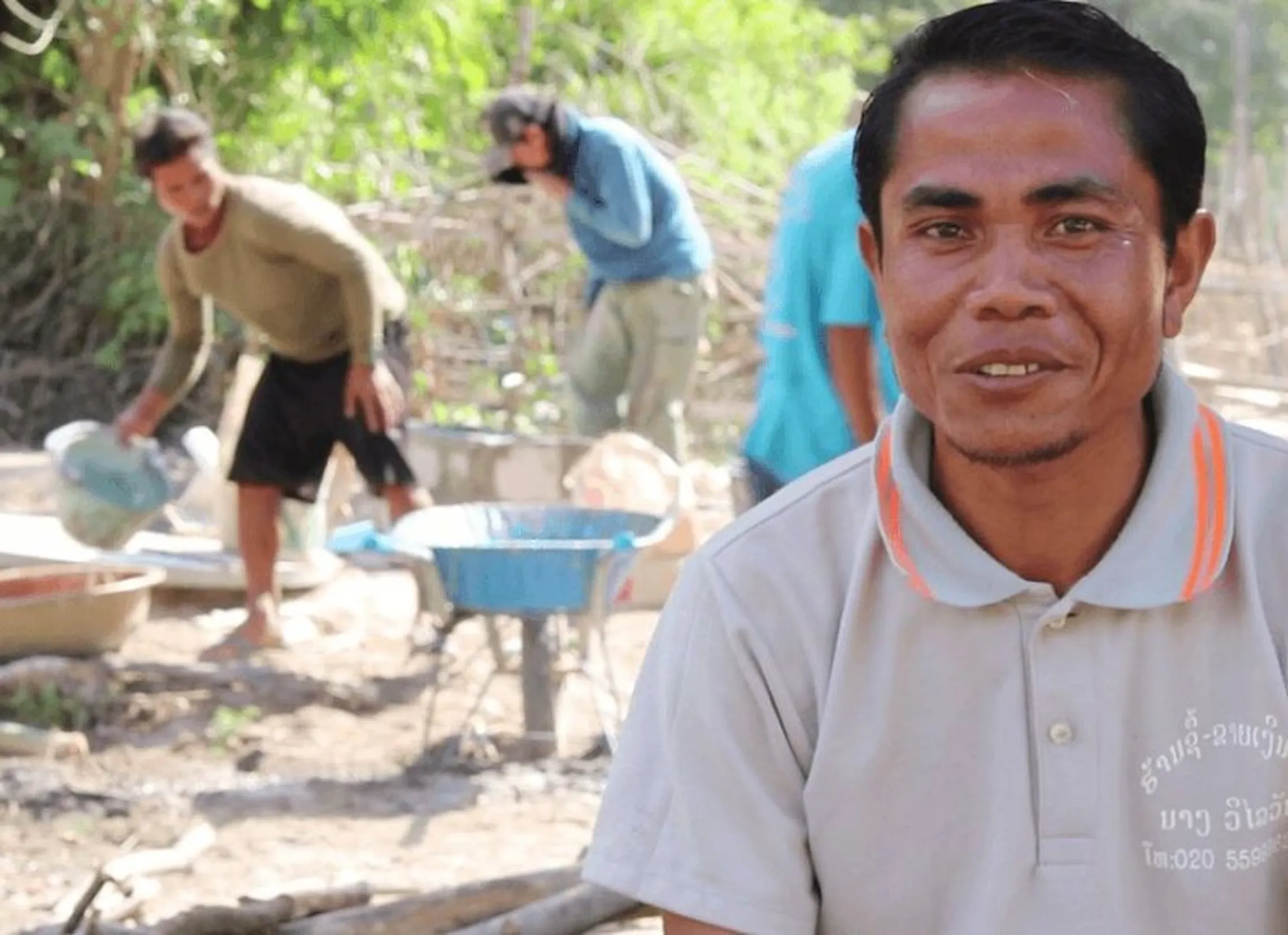Achieving sanitation for all by bridging the gap between households and the private sector

Almost 60% of rural households in three districts of Savannakhet province do not have a toilet. A supply chain analysis conducted by SNV in 2019 identified three key barriers that prevent households from building a toilet: limited technical knowledge, its (perceived) high cost, and a time-consuming and cumbersome process; starting from the purchase of materials to actual toilet installation.
Most suppliers of sanitation materials are located in district towns and only sell what they make and/or what is in stock. Their businesses rely primarily on walk-in customers. Individual households wishing to build a toilet often have to travel long distances to purchase construction materials, hire a skilled worker, and arrange for the transport of materials (and skilled worker) back to their village. It is a daunting task, especially for those households that live in remote areas.
We wanted to have a toilet for a long time, but we did not know how much it costs or where to buy the materials, or how to construct it. – Villagers in three districts
To overcome these barriers, SNV and the district WASH teams identified the various suppliers of construction materials and invited them to attend sanitation demand triggering events. In these events, the suppliers directly interacted with villagers, and jointly developed a range of costed toilet designs to meet consumers’ different preferences and budgets. Through these meetings, several suppliers expressed an interest to become sanitation entrepreneurs that provide a ‘one-stop-service’. Under this arrangement entrepreneurs would deliver a complete toilet option, selected by the consumer, for a fixed price. Often, consumer demand for safe toilets has been triggered by village level sanitation promoters. Due to the economies of scale arising from these sanitation campaigns, it has become possible to obtain significant price discounts.
By involving sanitation entrepreneurs in community consultations, sanitation products and services have become more affordable and suitable for most households, including poorer ones. Today, when I receive orders from households, all I need to do is coordinate with one sanitation entrepreneur (referring to the one-stop-service) and they will deliver and install the toilets. It takes only 1-2 hours from delivery to completion. – Deputy chief in Nanokkhien village and village sanitation promoter.

Village sanitation promoter shares appreciation for one-stop-sanitation service
The initial results have been very promising. Within three months of the sanitation marketing campaign’s launch, 430 new toilets were built, and another 410 orders have been placed. Newly installed toilets in neighbouring households are also inspiring other households to aspire for better sanitation conditions.
My wife and daughter wanted the same convenience and safety as other families who had built a new toilet in my village… after speaking with the village sanitation promoter, I was convinced to order a pour-flush toilet, at a reasonable price, without having to worry about the quality of construction. I like it that I can build the walls and roof of the toilet myself with local materials, as I cannot afford bricks. – Resident in Nanokkhien village.
Photo: Sanitation options in an area in Savannakhet province (SNV/Bart Verweij) | Village sanitation promoter shares appreciation for one-stop-sanitation service (SNV/Outhikone Souphome In, Sanitation Marketing Advisor)
Notes: This blog is part of the bi-annual success stories of the Beyond the Finish Line - SSH4A in Lao PDR project supported by the Australian Department of Foreign Affairs and Trade’s Water for Women Fund. It was written by Outhikone Souphome In with Le Huong (WASH Sector Leader - Lao PDR).